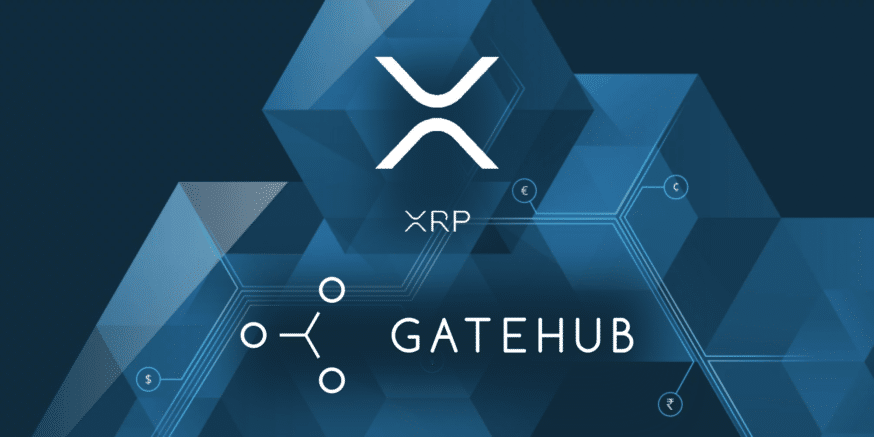TLDR
- The World Economic Forum has recognized the XRP Ledger for its involvement in tokenizing debt.
- XRPL is acknowledged for its role in transforming financial markets by digitizing real-world assets like debt.
- The WEF report highlights the benefits of tokenization such as improved transparency, liquidity, and access.
- XRPL is gaining recognition beyond cross-border payments, positioning itself as a key player in global finance.
- The tokenization of debt on XRPL offers a more efficient and secure system for managing financial obligations.
The World Economic Forum (WEF) recently acknowledged the use of the XRP Ledger (XRPL) in tokenizing debt. This recognition places XRPL among leading platforms involved in innovative financial technologies. According to a recent post from crypto researcher SMQKE, the WEF has documented XRPL’s involvement in tokenizing debt assets, highlighting its growing influence in the global financial landscape.
XRP Ledger Enhances Efficiency in Financial Tokenization
The WEF has recognized XRPL as a significant player in tokenizing real-world assets (RWAs), including debt. This process involves converting traditional financial instruments into digital assets recorded on a blockchain. Tokenizing debt can enhance operational efficiency and improve access to financial markets by creating a more transparent and efficient system for managing obligations.
‼️WORLD ECONOMIC FORUM: THE XRPL IS CURRENTLY BEING USED TO TOKENIZE DEBT‼️
Documented.📝👇 https://t.co/uq0SCm5w3f pic.twitter.com/4jn4kUl8Lf
— SMQKE (@SMQKEDQG) September 8, 2025
The WEF’s report emphasizes the benefits of tokenization, such as increased transparency, liquidity, and accessibility in financial markets. By using XRPL, debt can be digitized, allowing for faster settlement and better management of obligations. This recognition of XRPL showcases its potential to reshape traditional finance systems, offering solutions to institutions involved in debt markets.
XRP’s involvement in tokenizing debt highlights its relevance beyond speculative markets. The token’s ability to digitize and streamline financial transactions opens new opportunities in global finance. This shift demonstrates XRPL’s capability to adapt to different financial applications, making it an integral part of future financial infrastructures.
The Growing Role of XRPL in Financial Markets
The WEF’s report mentions XRPL, signaling that global institutions are recognizing its value. XRPL is no longer just a tool for cross-border payments but a key player in tokenizing assets like debt. This expansion into new areas shows how XRPL is diversifying its role in global finance, moving beyond traditional applications.
XRP’s technology is already being utilized in various tokenization projects, including debt markets. As the WEF report suggests, tokenization could revolutionize the issuance and management of debt, with XRPL positioned as a leader in this space. By leveraging blockchain technology, XRPL enables institutions to issue and manage debt more efficiently and securely.
The WEF report further highlights that debt tokenization can improve liquidity and transparency in financial markets. XRPL’s involvement in such efforts signals that it could play a significant role in the future of digital finance. With institutions increasingly adopting blockchain technology, XRPL stands to gain further visibility and relevance in the financial sector.






